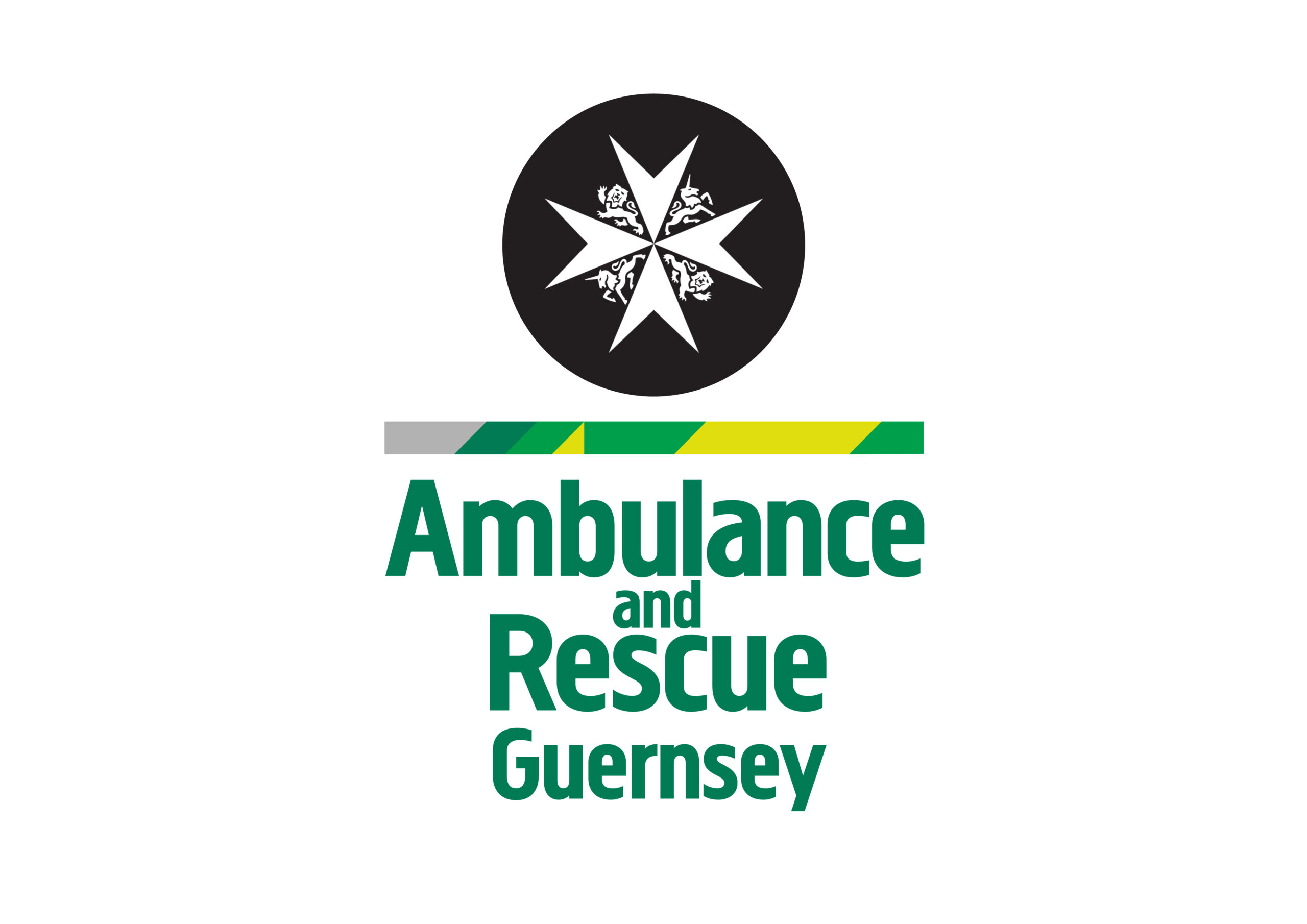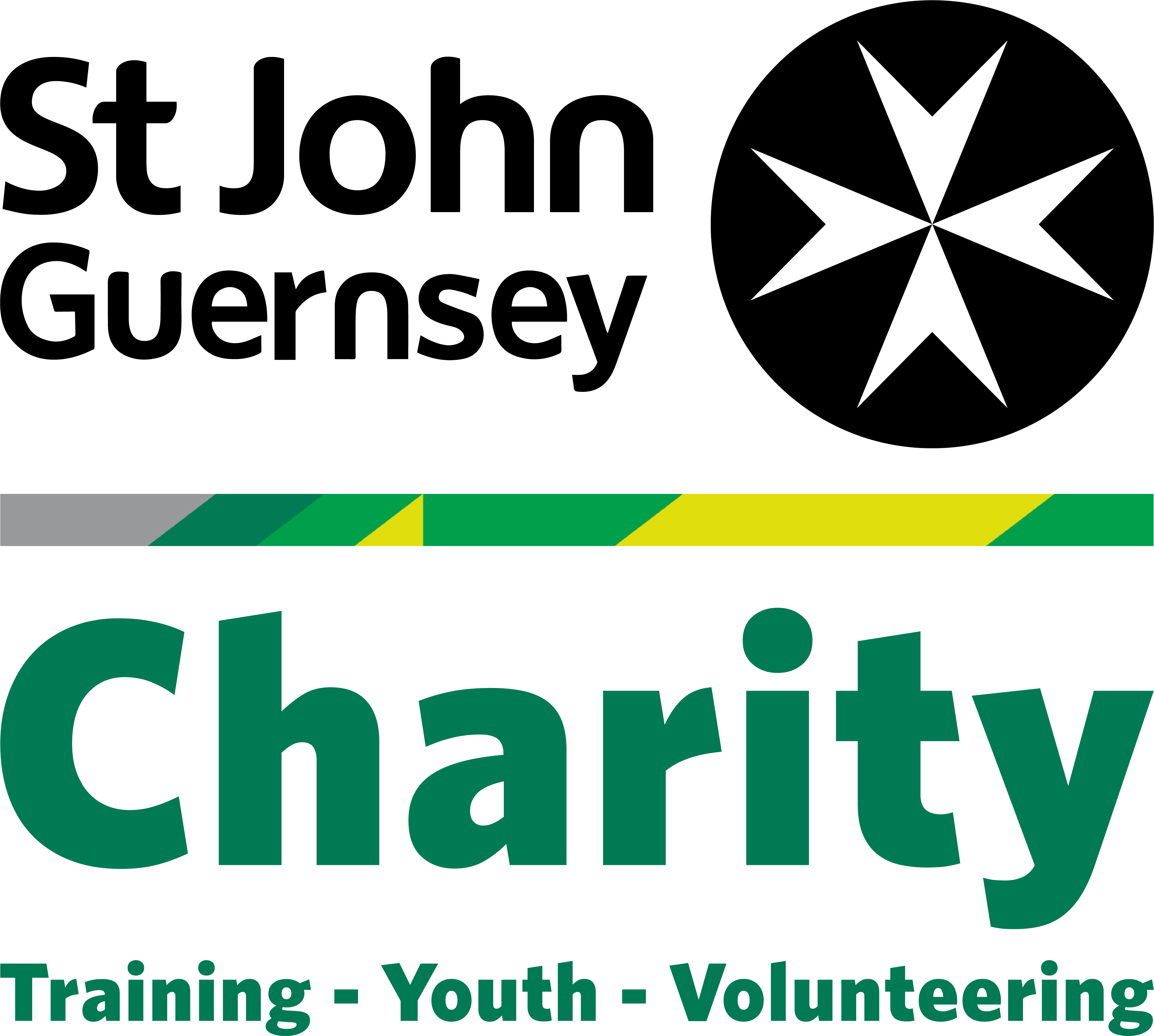Guernsey’s ambulance service responded to a total of 6642 emergency, urgent calls and transfers in 2022, a slight decrease (2.4%) on the previous year, but similar to the figures for 2020.
During the same period, the service experienced a 3.5% increase in non-emergency patient transfers with a total of 2877 cases recorded.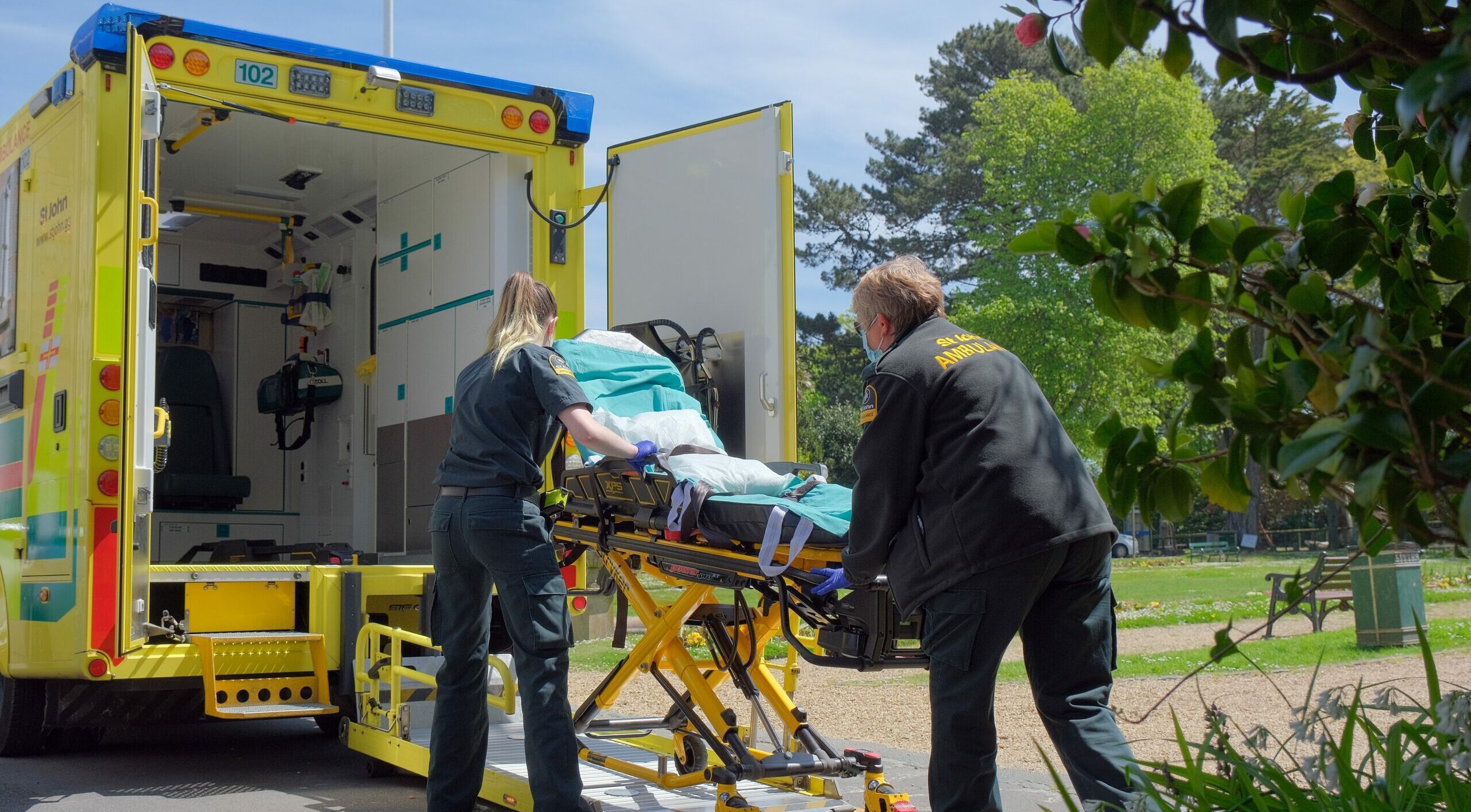 The figures represent an average of 18 emergency and urgent cases per day, however demand peaked on one day in the summer, with the highest demand of 32 calls in a 24-hour period in August. Overall the busiest month of the year was December and the quietest month of 2022 was January.
The figures represent an average of 18 emergency and urgent cases per day, however demand peaked on one day in the summer, with the highest demand of 32 calls in a 24-hour period in August. Overall the busiest month of the year was December and the quietest month of 2022 was January.
Head of Operations Dean de la Mare said: “Guernsey’s ambulance service continues to provide a high level of care and is one of the best performing services in the British Isles.”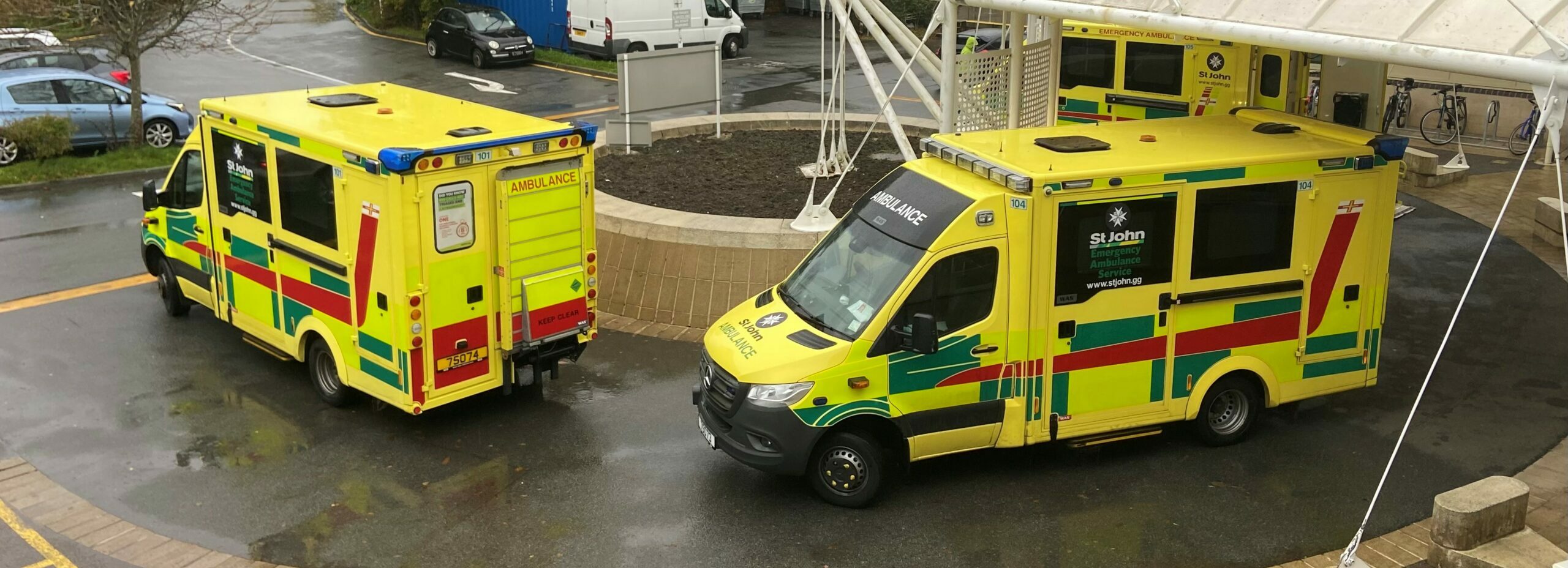 “The nature of our work is not always predictable and we can see periods of lower than normal demand followed by periods of high demand and it is not unusual for several 999 calls to come in at once. At times of high demand, senior officers can be deployed to frontline operations and off-duty staff are called back to work to provide cover and maintain resilience for the island. I would like to take this opportunity to thank staff who return to work to ensure cover is maintained,” he added.
“The nature of our work is not always predictable and we can see periods of lower than normal demand followed by periods of high demand and it is not unusual for several 999 calls to come in at once. At times of high demand, senior officers can be deployed to frontline operations and off-duty staff are called back to work to provide cover and maintain resilience for the island. I would like to take this opportunity to thank staff who return to work to ensure cover is maintained,” he added.
Mr De la Mare explained that not all 999 calls result in an immediate blue light response. “999 calls are triaged by the Joint Emergency Services Control Centre (JESCC) using a world-class clinical prioritisation system which categorises cases so that the most serious and life-threatening calls are responded to first, and less urgent calls get the most appropriate response. For the highest category of call the nearest ambulance resource will be dispatched, but for less urgent cases the target response time can be up to 2 hours. Some non-urgent cases may also be referred to a doctor.”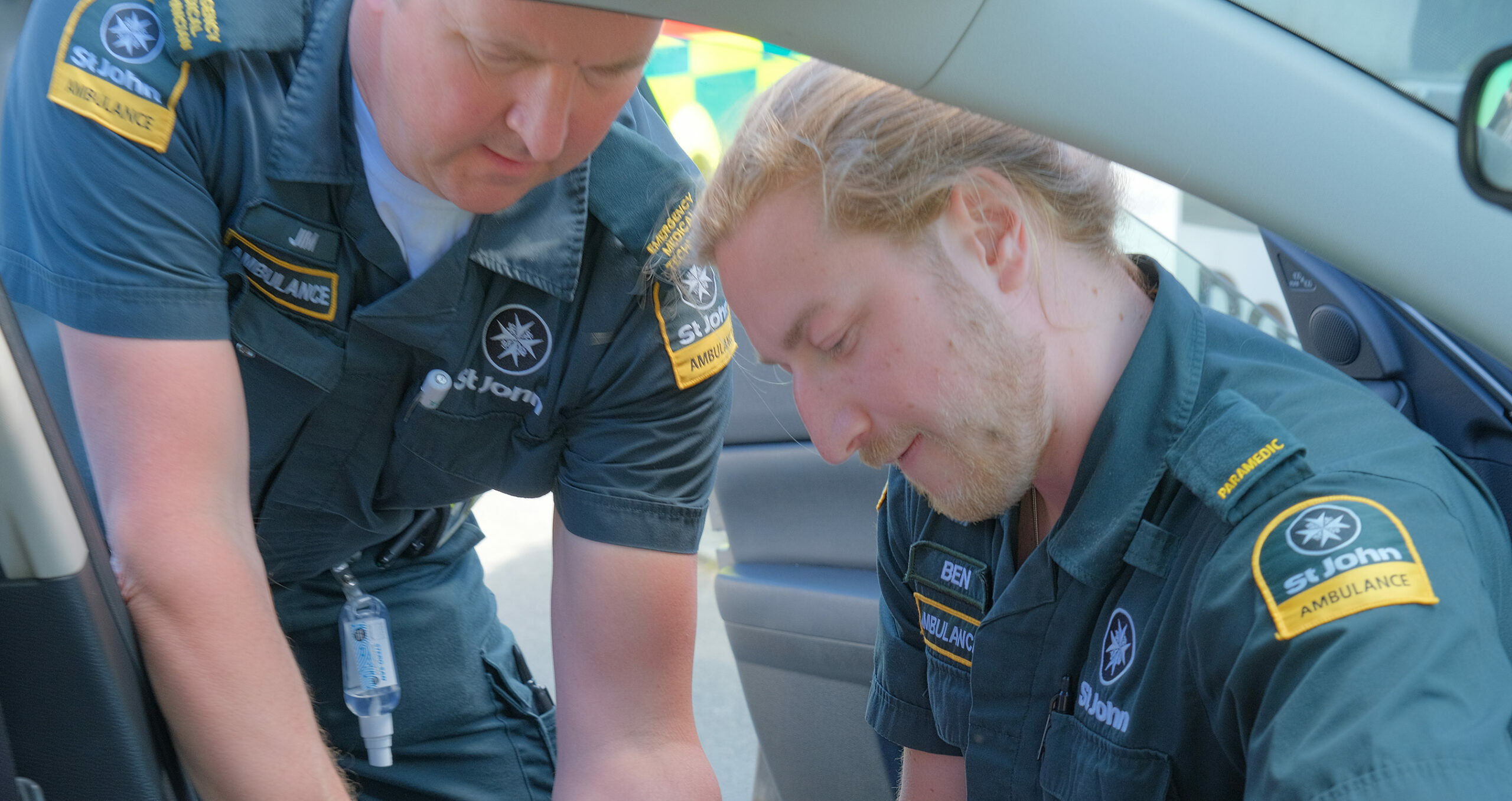 St John Ambulance & Rescue Service takes the quality and safety of it’s service provision very seriously. It has robust procedures in place for the monitoring of any potential patient harm as a result of waiting for an ambulance during periods of peak demand. The Service will always respond to the most life-threatening of calls as a matter of priority.
St John Ambulance & Rescue Service takes the quality and safety of it’s service provision very seriously. It has robust procedures in place for the monitoring of any potential patient harm as a result of waiting for an ambulance during periods of peak demand. The Service will always respond to the most life-threatening of calls as a matter of priority.
The most frequent call type continues to be falls, followed by breathing problems. In 2022 the ambulance service introduced a frailty and preventative care service working collaboratively with Health and Social Care Adult Community Services, aiming to support our ageing community, by identifying cases where early intervention can reduce the future need for hospital admission or emergency calls.
Five years ago, in 2017 the ambulance services responded to fewer than 5000 calls. 